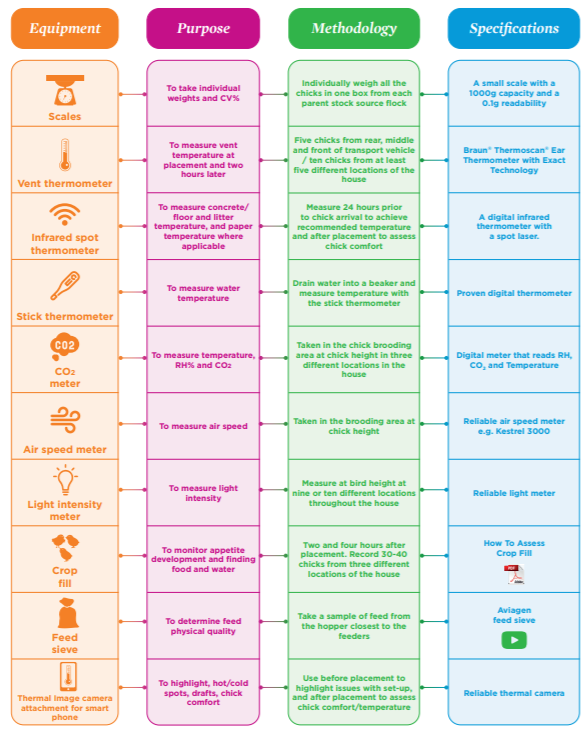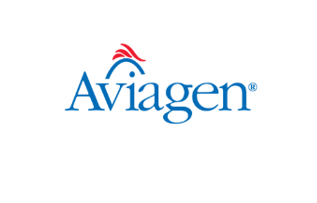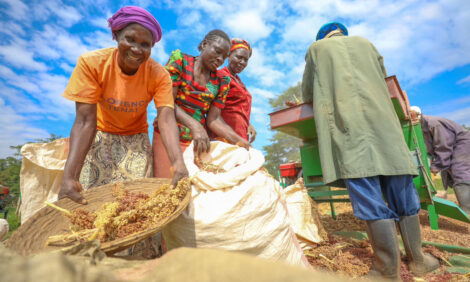



Equipment for checking brooding set-up
Correct brooding conditions are important for getting chicks off to a good start. You can accurately assess the conditions into which the chicks are being placed by having the correct equipment at your disposal. Below is a list of equipment that can be used to monitor brooding conditions.Chick Placement
Recommended environmental conditions at placement:
- Air temperature (measured at chick height in the area where feed and water are positioned):
- 30oC/86oF for whole-house brooding
- 32oC/90oF at edge of brooder for spot brooding
- Litter temperature:
- 28-30oC /82.4-86.0oF
- Vent temperature:
- 39.4-40.5oC/103-105oF
- RH:
- 60-70%
Air speed
- Maximum of 0.15 meters per second (30 ft per minute)
CO2
- <3000 ppm
Feed:
- Dust-free crumble or mini-pellet. A total feed amount of approximately 40g/1.5oz per bird should be measured out and fed on the paper prior to chick placement.
Water temperature:
- 18-21oC/64-70oF
Drinkers

Feeders:
- Feeder trays: 1 per 100 chicks for broilers or per 80 chicks parent stock and/or on paper occupying at least 80% of the floor.
Litter depth:
- 2-5cm/0.8-2 inches
Light intensity:
- Broilers: 30-40 lux (2.8-3.7 fc)
- Parent stock: 80-100 lux (7.4-9.3 fc) in area with food and water and 1-2 lux (0.09-0.2 fc) in rest of house.
Feed form:

2 hours after chick placement
Crop fill
- Target crop fill 75% of chicks sampled should have a full crop
Check water levels in supplementary drinkers and feed amounts on paper
- Are chicks feeding and drinking?
4 hours after chick placement
Crop fill
- Target crop fill 80% of chicks sampled should have a fill crop
Check water levels in supplementary drinkers and feed amounts on paper
- Do feed and water lavels need topped up?












